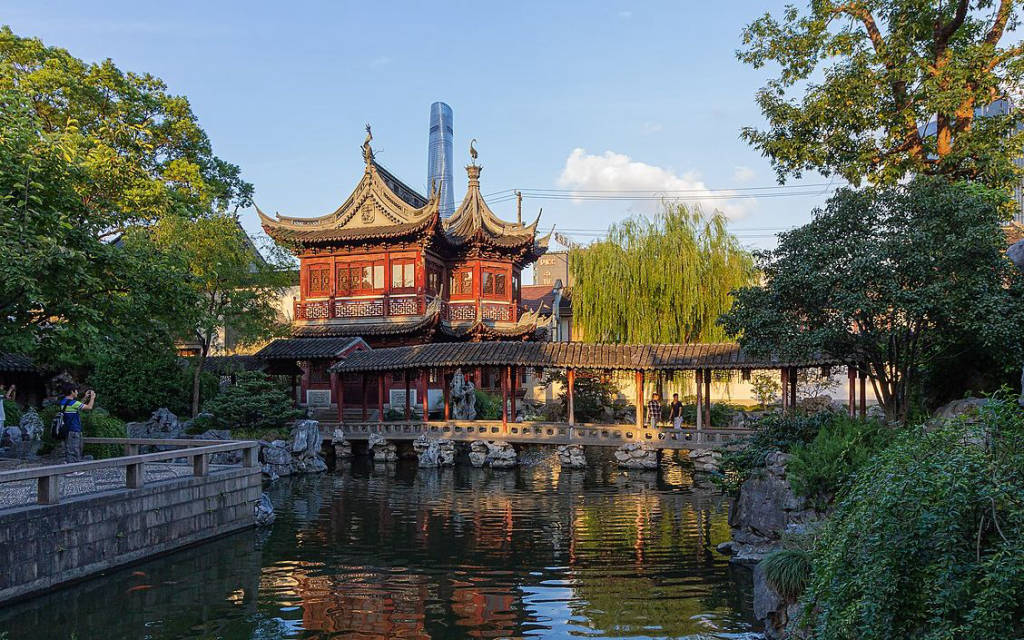1. A Glimpse into History
Yu Garden (豫园), meaning “Garden of Contentment,” was built in the 16th century by Pan Yunduan, a Ming Dynasty official, as a retirement retreat for his parents. The garden has since become a silent witness to Shanghai’s turbulent historical transformations, from feudal dynasties to modern revolutions – making it a key cultural landmark.
2. Classic Chinese Garden Architecture
Every rock, pond, bridge, and pavilion in Yu Garden follows Daoist and Buddhist philosophies, designed to evoke peace and reflection. You’ll find poetic spots like the Hall of Heralding Spring and the Exquisite Jade Rock – ideal settings for free exploration based on your own style.
3. Local Experience Around the Garden
Just outside the garden is Shanghai Old Street Market, where you can sample traditional xiao long bao dumplings, pick up handcrafted souvenirs, or watch calligraphy masters at work. It’s perfect for travelers seeking a slow-travel approach and cultural depth.
4. Tips for a Self-Guided Visit
-
Best time to visit: Spring (March–May) or Autumn (September–November)
-
Travel tip: Arrive early to beat the crowds and take a notebook to jot down inspirations
-
Suggested route: Combine your visit with a stroll along The Bund, a temple stop at Jade Buddha Temple, or a cruise on the Huangpu River
Conclusion
Yu Garden is not just a garden – it’s a portal into Shanghai’s soul, a place where history meets harmony, and where you’re free to explore according to your own rhythm. Whether you’re a culture buff or a curious wanderer, this destination will leave a lasting mark on your journey through China.
 Register
RegisterSign in Travel Agent
Sign in Supplier
Sign in Affiliate
Sign in Guru



 279 Yu Yuan Lao Jie, 四牌楼 Huangpu, Shanghai, China, 200000
279 Yu Yuan Lao Jie, 四牌楼 Huangpu, Shanghai, China, 200000